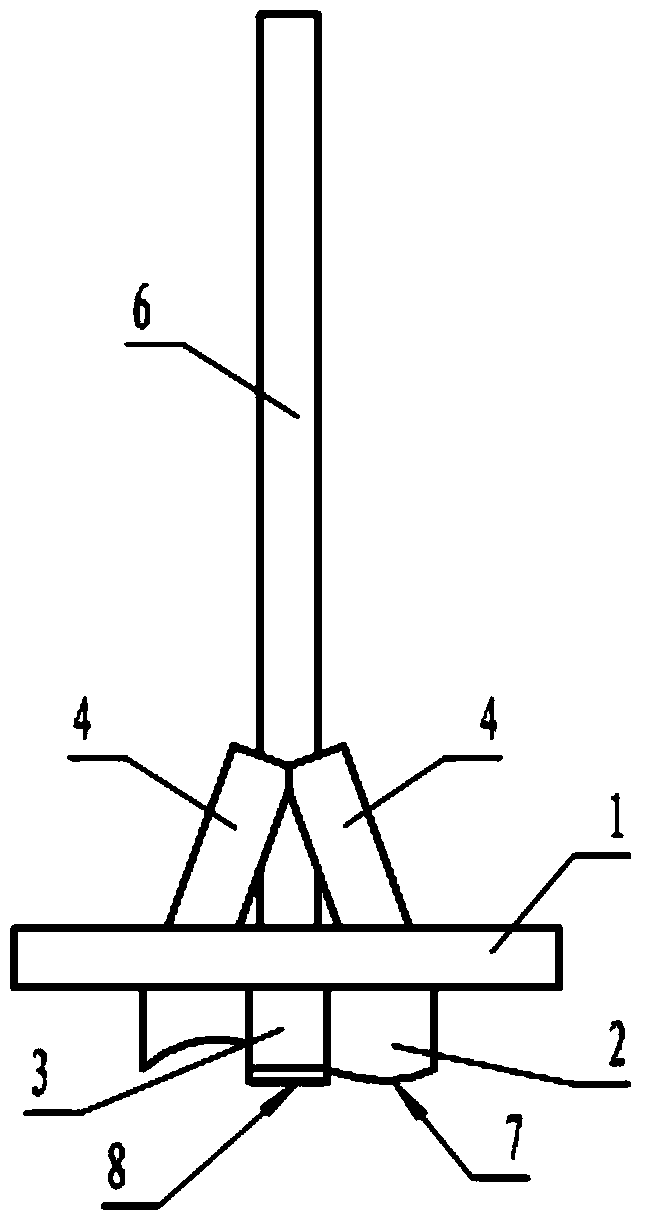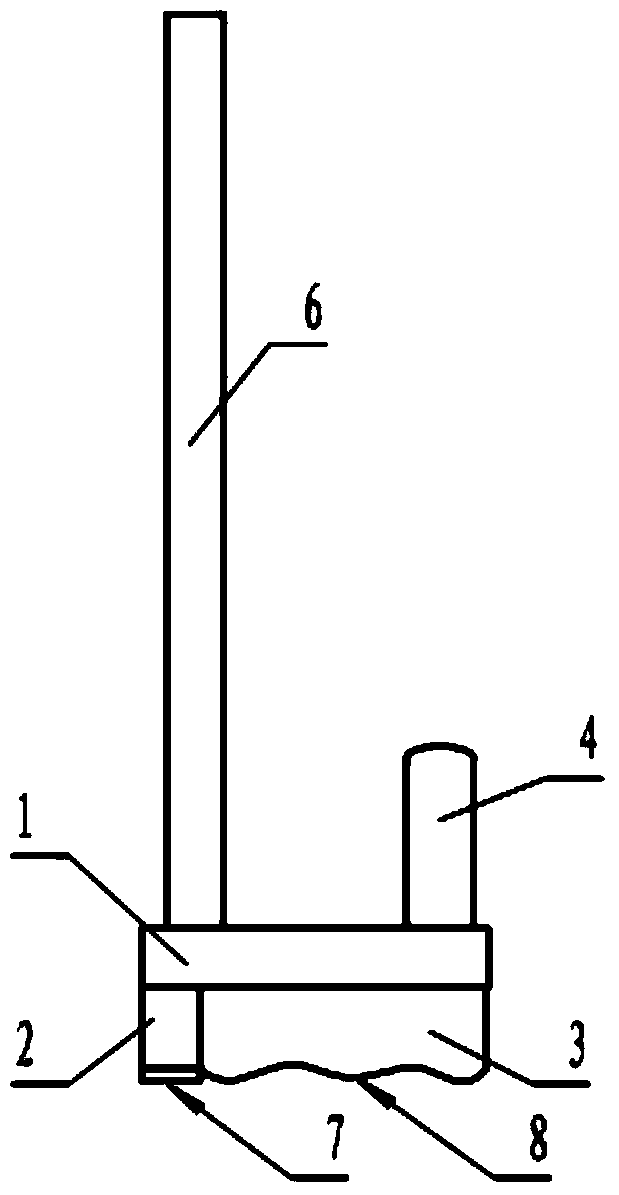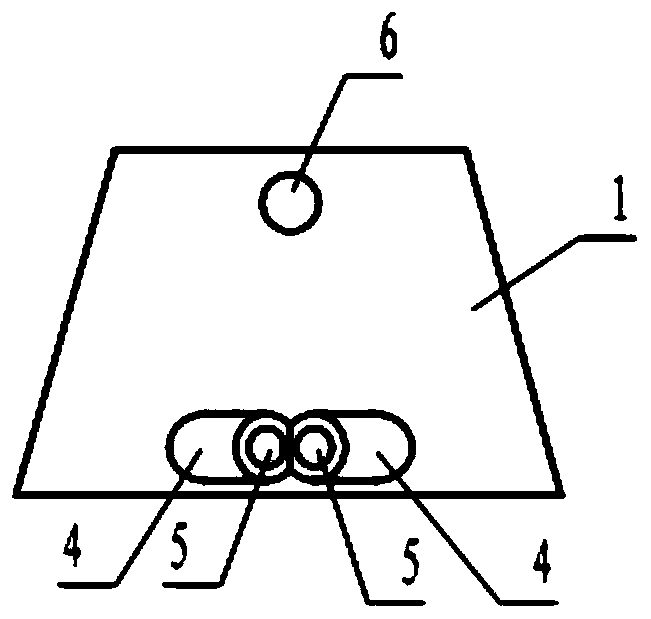TARP (transoral anterior reduction plate) based guide template for axis anterior transpedicular fixation
A fixation and axis technology, which is applied in the medical field, can solve the problems of loosening of the patient's steel plate, difficulty in placing screws by hand, and slight deviation in screw placement, and achieves the effect of simple and fast operation, improved surgical accuracy, and accurate positioning.
- Summary
- Abstract
- Description
- Claims
- Application Information
AI Technical Summary
Problems solved by technology
Method used
Image
Examples
Embodiment Construction
[0018] During the period from April 2008 to April 2013, the inventors collected 100 cases (50 cases of male and 50 females) of Chinese normal adults with complete atlantoaxial (namely atlas and axis) CT (GE MediCal systems / lightsDeed16 type) data; the age of the 100 adults ranged from 25 to 80 years old, with an average age of 45.6 years; males were 1.6 to 1.85 meters tall, with an average height of 1.70 meters; females were 1.5 to 1.75 meters tall, with an average height of 1.61 meters. None of the atlantoaxial vertebrae of the 100 adults had bone lesions and anatomical abnormalities. Then import 100 sets of spiral CT data into Mimics software for 3D reconstruction, and obtain 3D reconstruction models of the atlantoaxial vertebrae of 100 adults, and then save each 3D reconstruction model in stl format and import them into the 3D software Pro / Engineer for measurement The lost-shape diameter of the central vertebrae of each three-dimensional reconstruction model, and then the o...
PUM
 Login to View More
Login to View More Abstract
Description
Claims
Application Information
 Login to View More
Login to View More - R&D
- Intellectual Property
- Life Sciences
- Materials
- Tech Scout
- Unparalleled Data Quality
- Higher Quality Content
- 60% Fewer Hallucinations
Browse by: Latest US Patents, China's latest patents, Technical Efficacy Thesaurus, Application Domain, Technology Topic, Popular Technical Reports.
© 2025 PatSnap. All rights reserved.Legal|Privacy policy|Modern Slavery Act Transparency Statement|Sitemap|About US| Contact US: help@patsnap.com



